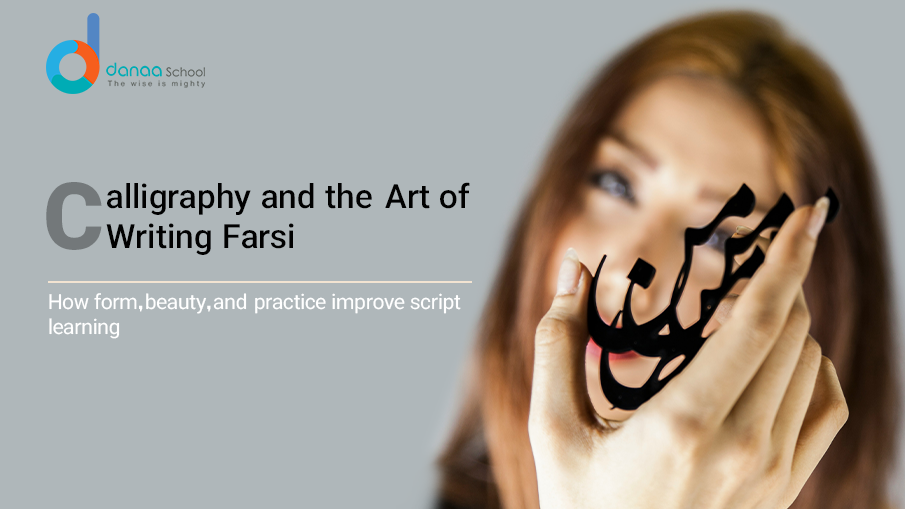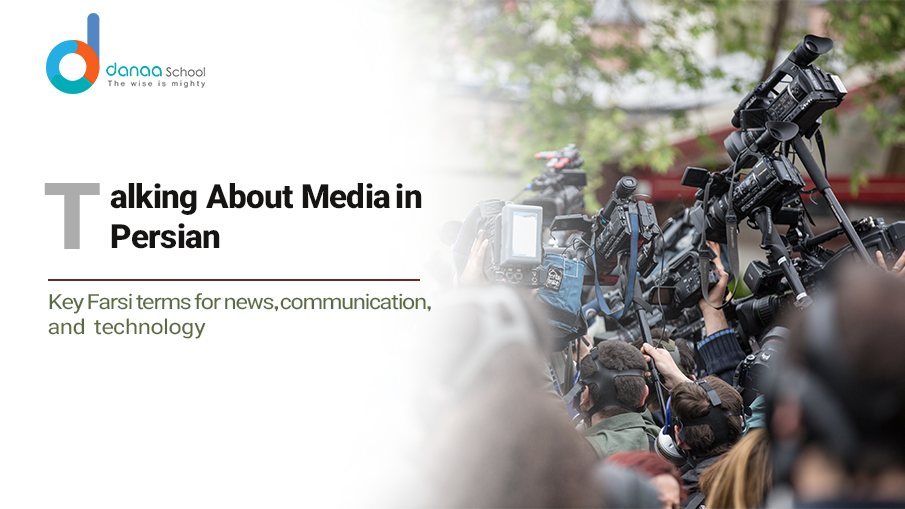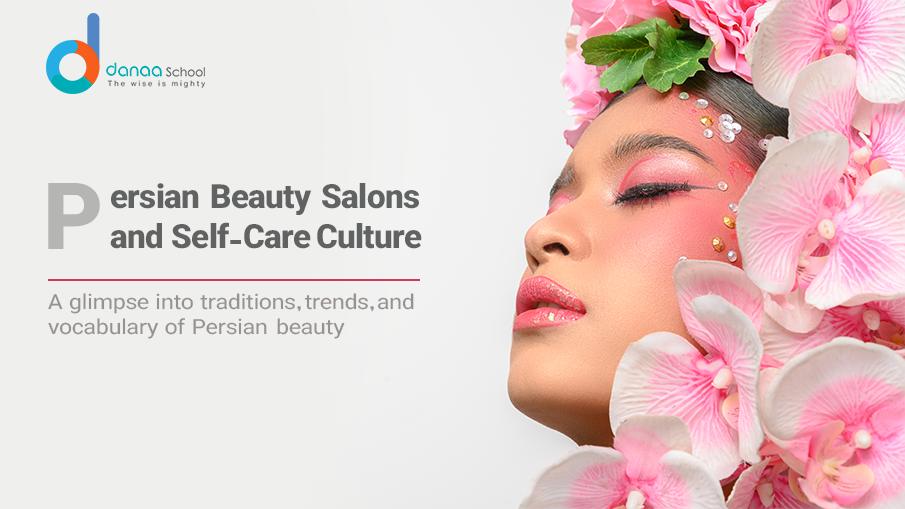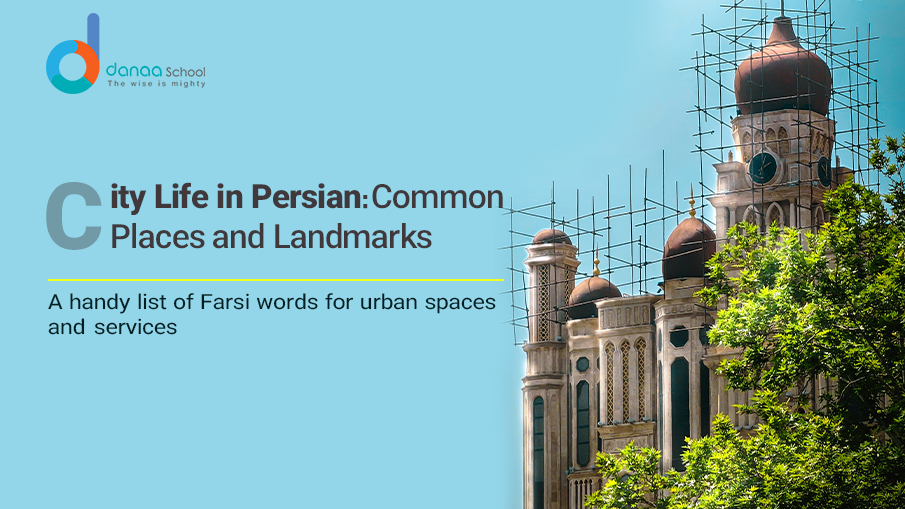The Role of Persian Calligraphy in Learning the Farsi Script
Persian calligraphy is more than just an artistic tradition; it is deeply intertwined with learning the Farsi script. From ancient manuscripts to modern-day handwritten notes, calligraphy has shaped how Persian speakers write and appreciate their language.
Understanding Persian calligraphy can significantly enhance your ability to learn Farsi, especially if you’re new to the script. In this blog, we’ll explore the role of calligraphy in learning Farsi, its connection to vocabulary, phrases, and proper introductions in Farsi, and how it influences comprehension.
The Beauty of Persian Calligraphy in Farsi Script Learning
Persian calligraphy is a bridge between art and language learning. Unlike English, where letters remain uniform in printed and handwritten form, Persian script has fluid, interconnected letters. This artistic nature makes writing an essential skill when learning Farsi.
There are several styles of Persian calligraphy, each influencing the way Farsi is learned and written:
- Nastaʿlīq (نستعلیق): The most elegant and widely used script, known for its fluid curves.
- Shekasteh (شکسته): A more cursive style with connected and elongated letters.
- Naskh (نسخ): A more straightforward, readable script often used for books.
Mastering even the basics of Persian calligraphy can improve writing skills, letter recognition, and reading comprehension in Farsi.
Persian Language Phrases: How Calligraphy Affects Understanding
Calligraphy helps learners distinguish between different Persian letters and phrases. Unlike Latin scripts, Farsi letters take various shapes depending on their position in a word (beginning, middle, or end). Calligraphy emphasizes these differences, making reading and writing common Persian phrases easier.
Here are some useful Persian phrases with calligraphic emphasis:
- سلام (Salām) – Hello
- خداحافظ (Khoda Hāfez) – Goodbye
- حالتون چطوره؟ (Hāleton Chetore?) – How are you?
- خیلی ممنون (Kheili Mamnoon) – Thank you very much
When written in calligraphic form, these words appear visually distinct and help learners better understand their structure and pronunciation.
Introduction in Farsi: Writing Your First Persian Words
One of the first things Farsi learners must master is introducing themselves in Persian. Persian calligraphy plays a crucial role in this process by demonstrating how words flow together seamlessly.
A simple introduction in Farsi typically follows this structure:
- سلام، من [Name] هستم (Salām, man [Name] hastam) – Hello, I am [Name].
- من اهل [Country] هستم (Man ahl-e [Country] hastam) – I am from [Country].
- خوشبختم! (Khoshbakhtam!) – Nice to meet you!
Writing these introductions in calligraphic style improves handwriting skills and enhances word recognition and fluency in Farsi.
Expanding Farsi Vocabulary Through Calligraphy
Calligraphy can also aid in expanding Farsi vocabulary. Since the Persian script is naturally artistic, practicing words in a stylized form strengthens memory and recall. Some essential vocabulary categories include:
Basic Farsi Words for Beginners:
| English | Farsi (Persian Script) | Transliteration |
| Book | کتاب | Ketāb |
| Pen | قلم | Ghalam |
| Water | آب | Āb |
| Sun | خورشید | Khorshid |
| Love | عشق | Eshgh |
When learners practice writing these words in different calligraphic styles, they develop a deeper connection to the script and improve their writing skills.
Farsi Phrases in Daily Life: How Calligraphy Enhances Comprehension
Persian calligraphy is not just decorative—it also influences how native speakers read and interpret words. The curves and flow of Persian handwriting help learners differentiate similar-looking letters. Here are some common Farsi phrases used in daily life:
- ببخشید، میتوانم کمکتان کنم؟ (Bebakhshid, mitavānam komaketān konam?) – Excuse me, can I help you?
- قیمت این چنده؟ (Gheymat-e in chande?) – How much is this?
- من فارسی یاد میگیرم. (Man Fārsi yād migiram.) – I am learning Farsi.
- لطفاً آرامتر صحبت کنید. (Lotfan ārām-tar sohbat konid.) – Please speak more slowly.
When written in Persian calligraphy, these sentences become visually memorable, reinforcing comprehension and fluency.
Why Learning Persian Calligraphy Can Improve Your Farsi
Learning Persian calligraphy is not just about aesthetics—it enhances cognitive skills like:
- Letter recognition: Understanding how letters connect improves reading speed.
- Memory retention: Writing stylized words strengthens recall.
- Pronunciation support: Recognizing elongated strokes helps with pronunciation.
Incorporating calligraphy into your Farsi learning journey makes the process more engaging and artistic.
Start Learning Farsi with Danaa School
Persian calligraphy plays a fundamental role in learning the Farsi script, improving both reading and writing skills. Whether you’re a beginner or looking to refine your skills, Danaa School offers expert-led Farsi courses tailored to Persian-speaking expatriates and learners worldwide.
📌 Ready to start your journey? Join Danaa School today and explore the beauty of the Persian language!
FAQs
1. Why is Persian calligraphy important in learning Farsi?
Persian calligraphy enhances letter recognition, improves handwriting, and helps learners understand how letters connect in words.
2. What are the most common Persian calligraphy styles?
The most popular styles are Nastaʿlīq, Shekasteh, and Naskh, each with distinct characteristics used in writing and reading Persian.
3. Can Persian calligraphy help improve my Farsi pronunciation?
Yes! The fluidity of calligraphy helps learners see how letters elongate and change shape, aiding in pronunciation and word recognition.
4. How can I practice Persian calligraphy while learning Farsi?
You can start by tracing Persian letters, copying Farsi words in different styles, and using Persian calligraphy workbooks.
5. Is it challenging to learn Persian calligraphy?
It requires practice, but anyone can improve their writing skills with patience. It also enhances your ability to read Farsi texts.
6. Can I learn Persian calligraphy online?
Yes! Danaa School offers online courses that help learners master Farsi script and Persian calligraphy techniques.
7. Does learning calligraphy help with reading Persian poetry?
Absolutely! Many Persian poems are written in calligraphy, and understanding the script makes reading and appreciating Persian poetry easier.







